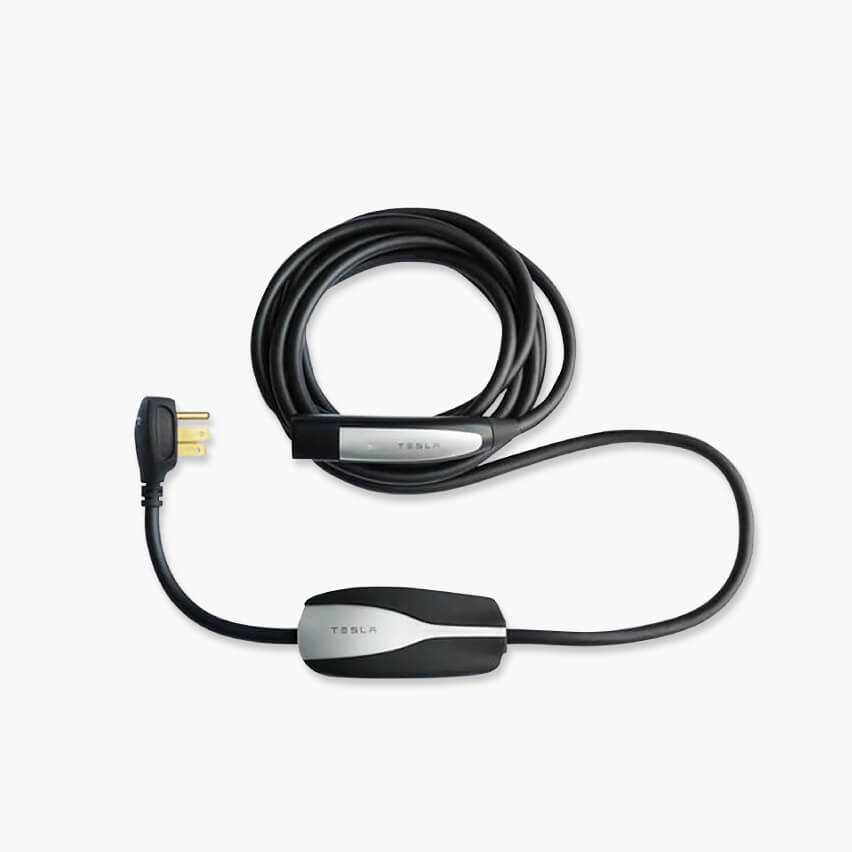The power electronics in the on board charger that converts 240v (or 120v) AC to the nearly 400v DC needed to charge the battery. The reported behavior has been that charging at or below 16a uses one charging circuit, Charging between 16a and 32a splits the load across two of them and >32a (in cars that support it) splits the load across all three. If I had to guess at the reasons WHY it would be programmed that way, I would say that it comes down to efficiency. The power electronics are probably less efficient at low amperages, so it makes more sense to run one circuit at 16a than two at 8a or three at 5.33a.

shop.tesla.com


